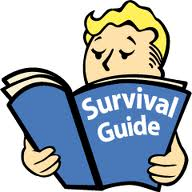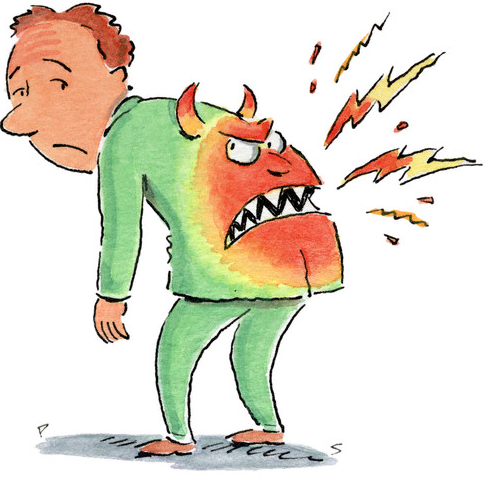
P: (08)9965 0697 F: (08)9964 7528
News
Mal Chronique - Chronic Pain Explained Jan 13th, 2015

Chronic pain refers to pain that is experienced beyond expected healing timeframes, for example low back pain, neuropathic pain, neck pain, post operative pain, shoulder pain.
You’re not alone - 1 in 5 Australians are affected by chronic pain.
 The relationship between pain and injury: Pain ≠ injury
The relationship between pain and injury: Pain ≠ injuryPain is very useful when we have an acute injury. For example, with a sprained ankle our brain sends signals of pain to cause us to limp and offload the ankle, ultimately allowing the inflammation to settle and promote healing. This is great! However in chronic pain, these signals are not so helpful.
The relationship between pain and injury becomes uncoupled in the chronic pain experience, where pain is not a reliable predictor of the severity of the injury. A multitude of other factors play a role in the chronic pain experience. The longer pain persists, the more important these ‘non-tissue related’ factors become in driving the pain experience. Pain can even occur with no identifiable cause. Take for example phantom limb pain post-amputation– pain can persist in the absence of tissue injury and even in the absence of any tissue at all.
Multiple Failed Treatments
This is not uncommon in the chronic pain population, due to the complexity of a multitude of contributing factors. The most up to date evidence for treatment is to take a multi-factorial treatment approach. Treatments that have failed to deliver adequate pain relief often do so because of failure to account the multiple factors that contribute to someone’s pain. Treatment works best when delivered as part of a multi-factorial approach, including education and knowledge about your condition, physical activity and pain.
“It’s all in your head”
Those who have experienced chronic pain may have experienced a clinician who tells them “it’s all in your head”. This in fact has truth to it, because the brain is in the head and the brain tells us how much something hurts. Pain is a survival mechanism – when the body is injured nerve endings in the injured part send messages to the brain. When the brain suspects the body is under threat the brain acts to protect it by producing pain. Pain is created by the brain, but that does not make it any less real. The more times the brain uses a certain neural pathway, the easier it becomes to activate the pathway. Neurons that fire together, wire together – for example: if every time you lift a box there is pain in your back, the brain has created a pain experience with lifting boxes. We need to reshape this pain experience and lower the perceived threat.
Rhianne Turner (Physiotherapist)


